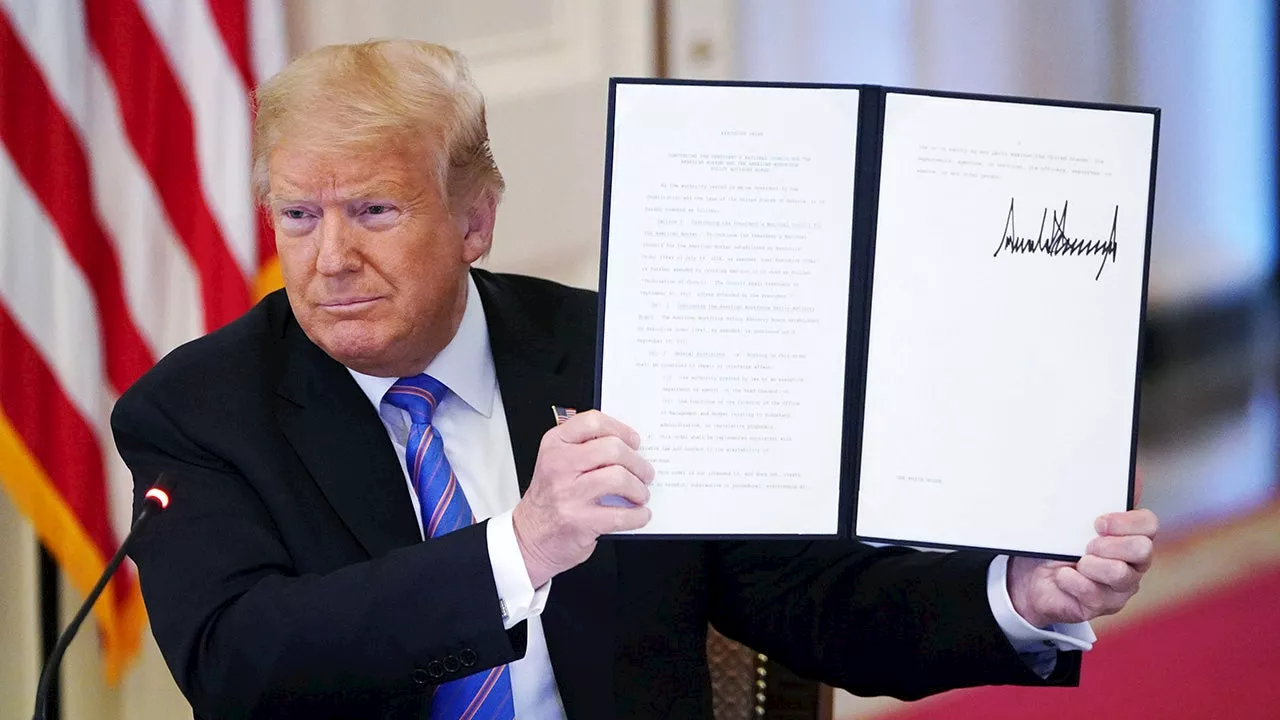This article explores the use of executive orders by U.S. presidents, their impact, and the limitations they face. From Trump's 200 executive orders on day one to Biden's focus on pressing issues, the article examines how these directives shape policy and address urgent matters while remaining subject to judicial review and congressional action.
As President-elect Donald Trump reportedly plans to sign 200 executive orders on his first day, the spotlight is back on how presidents use this unique power to get things done quickly. These directives allow presidents to act without waiting for Congress , but they come with limitations and scrutiny. Trump’s expected actions, from reversing Biden-era policies to reintroducing first-term priorities like border security measures, are putting executive orders in the spotlight.
But how do these directives work, and what gives them their power? An executive order is a written instruction from the president that tells the federal government what to do. It works like a law but doesn’t need Congress – the people’s representatives – to approve it.These orders can cover all kinds of issues, like changes to government policies or actions on foreign affairs. However, the president can only issue executive orders if they’re allowed under the Constitution or laws passed by Congress. They can’t create brand-new laws—that’s up to Congress. Executive orders have boundaries, and their power is not absolute. Courts can block them if they exceed presidential authority, and Congress can pass legislation to counteract their effects. In 2017, U.S. District Judge William Orrick blocked President Trump’s order to withhold funding from sanctuary cities, ruling that the president 'could not impose new conditions on federal spending that had been approved by Congress.' Similarly, in 2021, U.S. District Judge Drew Tipton temporarily blocked President Joe Biden’s executive order halting deportations, stating the administration had failed to provide a 'concrete, reasonable justification' for the moratorium. The American Bar Association explains that executive orders must operate within constitutional limits and cannot override existing laws passed by Congress. Congress also has the power to deny funding for executive orders, further limiting their impact. Executive orders can also be reversed by the next president. For example, President Biden used this authority in 2021 to undo several Trump-era directives, including the Muslim travel ban and the decision to exit the Paris Climate Accord. While executive orders can shape policy and address pressing issues, the ABA emphasizes that they are 'no substitute for comprehensive legislative action passed by Congress,' highlighting their limitations and impermanence. Recent administrations have increasingly relied on executive orders. President Trump issued 220 orders during his first term, the most in a single term since Jimmy Carter. Notable examples include his travel ban targeting Muslim-majority countries and orders expanding offshore oil exploration. Biden, too, used executive orders to tackle pressing issues, signing 155 as of early 2025, according to Reuters. These have addressed everything from pandemic response measures to reproductive rights. As history has shown, the impact of executive orders can be both immediate and fleeting. They remain a critical, yet limited, way for presidents to shape policy and address urgent matters without waiting on Congress. Throughout U.S. history, there have been several thousand executive orders, according to data collected by the American Presidency Project at the University of California, Santa Barbara. George Washington signed eight executive orders, while Franklin Delano Roosevelt did 3,721. During his first term, Trump, a Republican, signed 220. Biden, a Democrat, signed 160 as of Dec. 20
EXECUTIVE ORDERS PRESIDENTIAL POWER UNITED STATES GOVERNMENT CONGRESS CONSTITUTIONAL LAW LEGAL LIMITATION POLITICAL POLICY DOMESTIC POLICY FOREIGN POLICY
United States Latest News, United States Headlines
Similar News:You can also read news stories similar to this one that we have collected from other news sources.
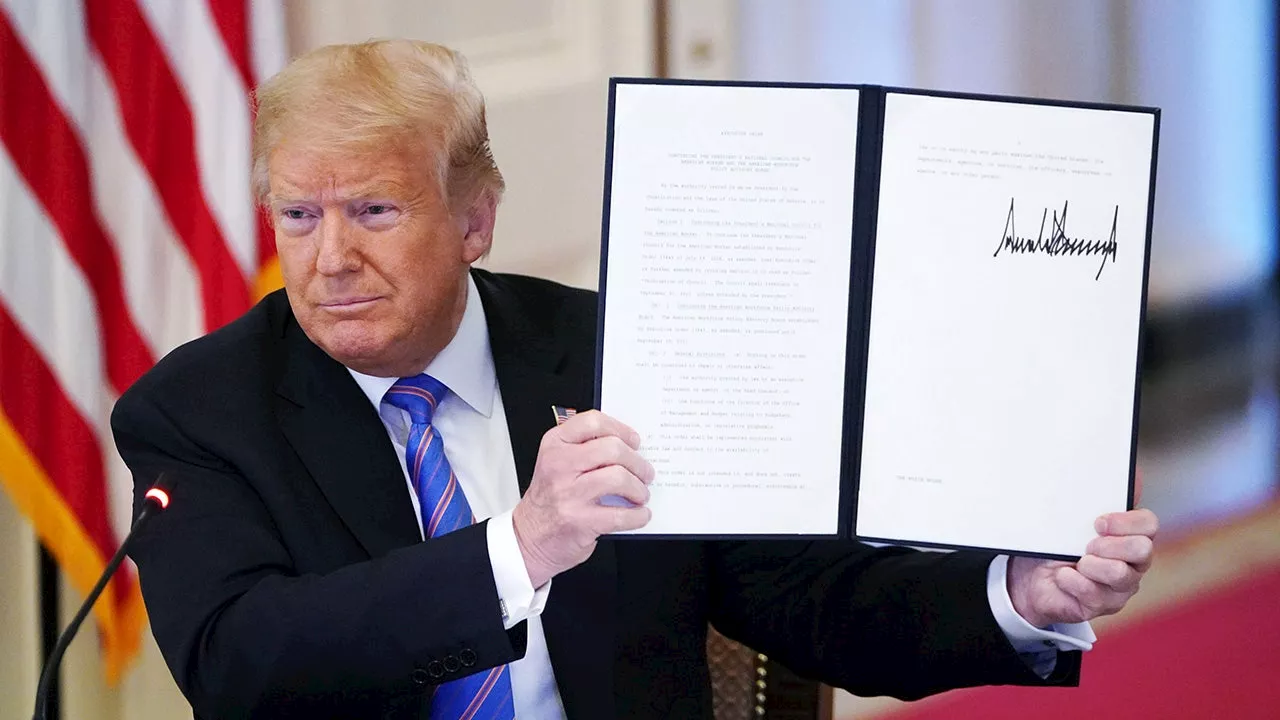 Executive Orders: A Powerful Tool With LimitationsThis article explores the use of executive orders by presidents, particularly focusing on Donald Trump's plans to issue over 200 orders on his first day. It explains how these directives work, their strengths and weaknesses, and historical examples of their impact.
Executive Orders: A Powerful Tool With LimitationsThis article explores the use of executive orders by presidents, particularly focusing on Donald Trump's plans to issue over 200 orders on his first day. It explains how these directives work, their strengths and weaknesses, and historical examples of their impact.
Read more »
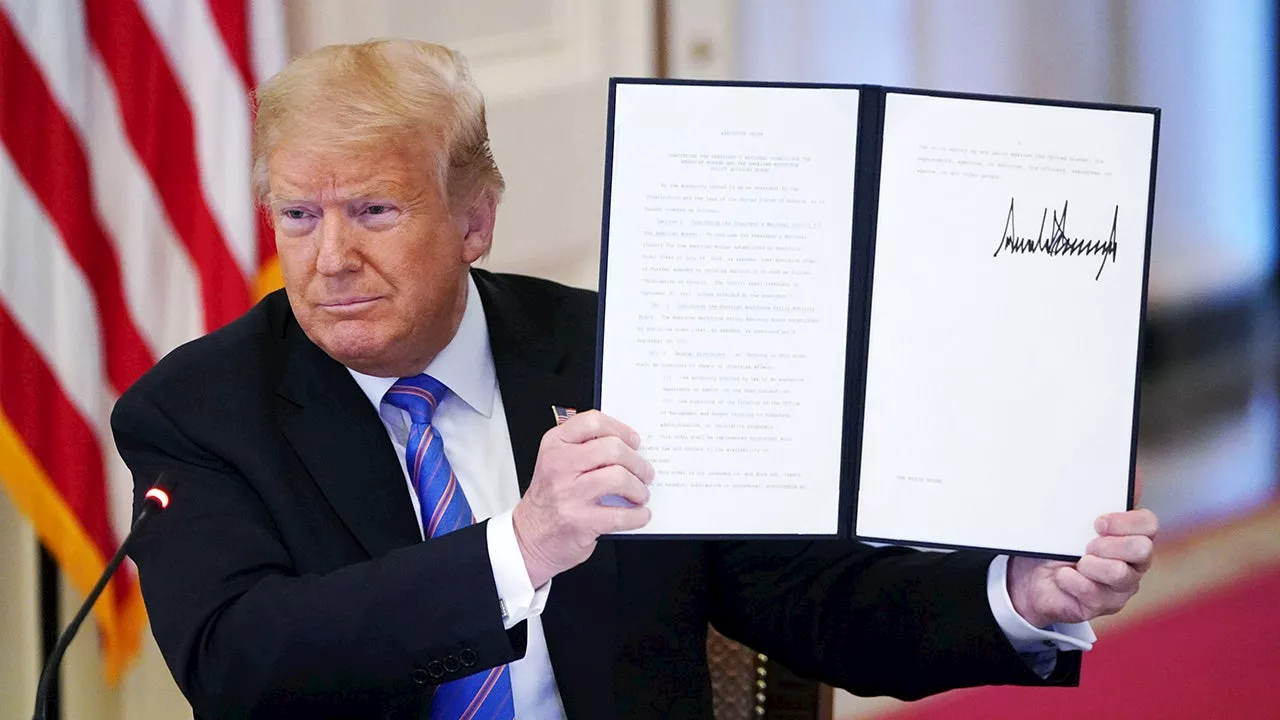 Executive Orders: A Powerful Tool with LimitsThis article explores the use of executive orders by U.S. presidents, highlighting their function, limitations, and historical context. It examines how presidents utilize these directives to shape policy and address urgent matters, while also acknowledging their dependence on constitutional boundaries and congressional oversight.
Executive Orders: A Powerful Tool with LimitsThis article explores the use of executive orders by U.S. presidents, highlighting their function, limitations, and historical context. It examines how presidents utilize these directives to shape policy and address urgent matters, while also acknowledging their dependence on constitutional boundaries and congressional oversight.
Read more »
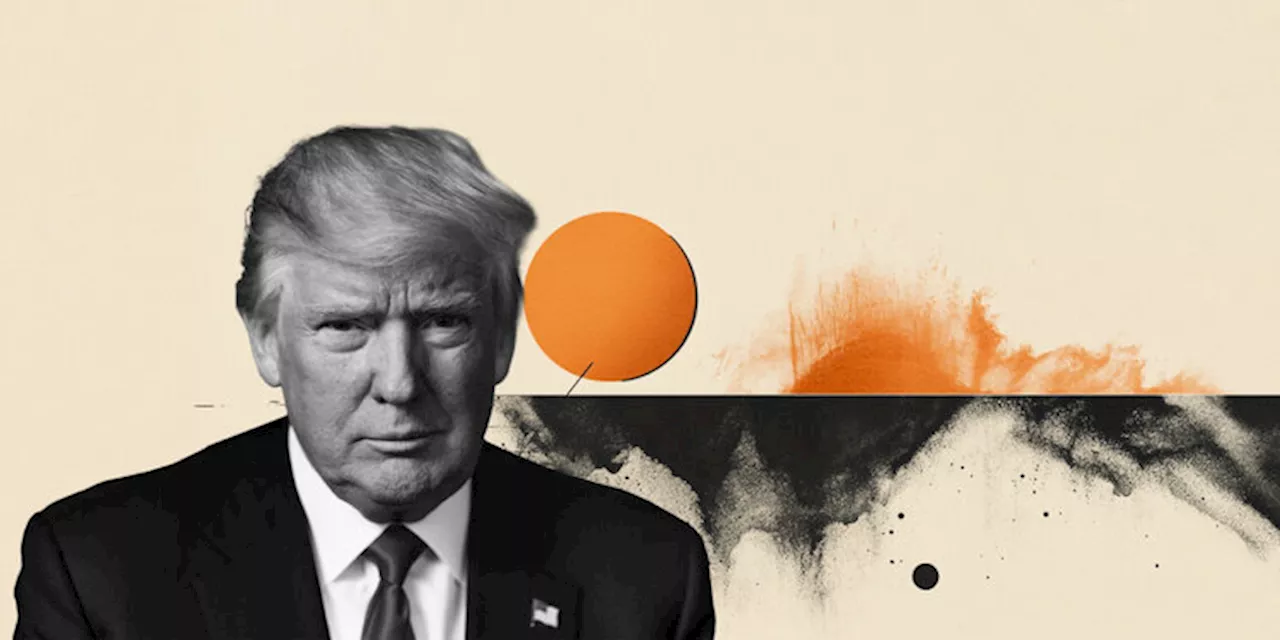 US President-elect Trump is looking to enact pro-fossil fuel executive ordersPresident-elect Donald Trump is preparing executive orders aimed at boosting American fossil fuels ahead of his inauguration next Monday, per the Wall Street Journal.
US President-elect Trump is looking to enact pro-fossil fuel executive ordersPresident-elect Donald Trump is preparing executive orders aimed at boosting American fossil fuels ahead of his inauguration next Monday, per the Wall Street Journal.
Read more »
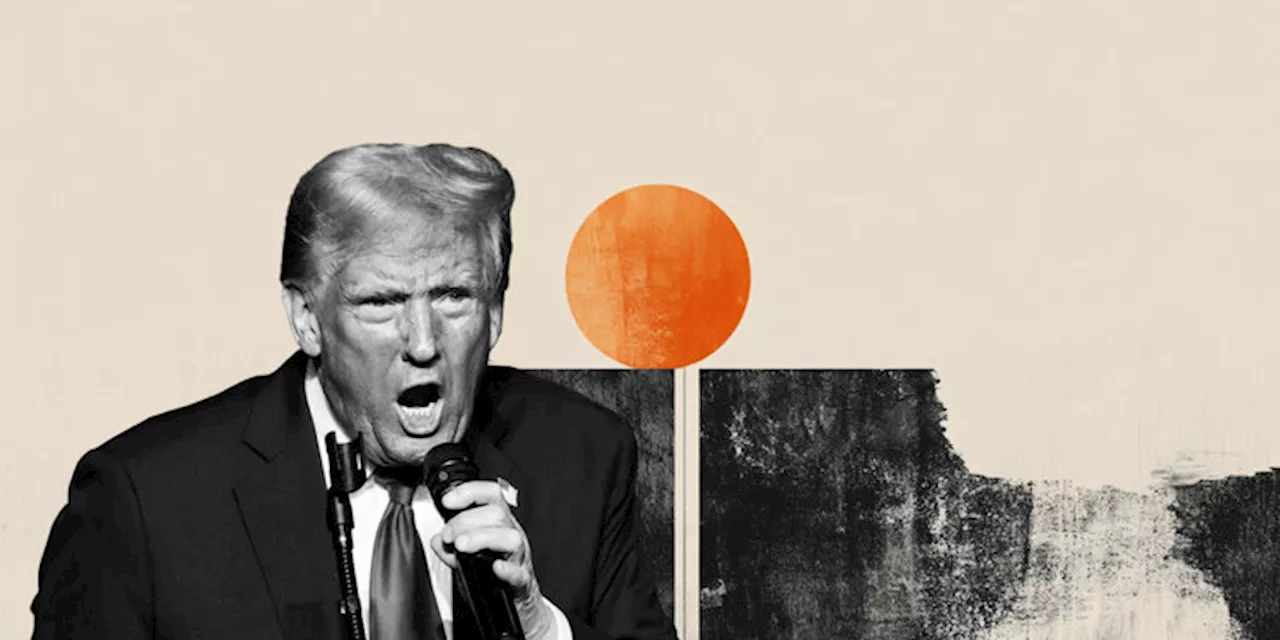 US President-elect Trump to issue executive orders on immigration, energy, government hiringPresident-elect Donald Trump could announce as many as 100 executive orders within hours of being sworn in as the 47th President.
US President-elect Trump to issue executive orders on immigration, energy, government hiringPresident-elect Donald Trump could announce as many as 100 executive orders within hours of being sworn in as the 47th President.
Read more »
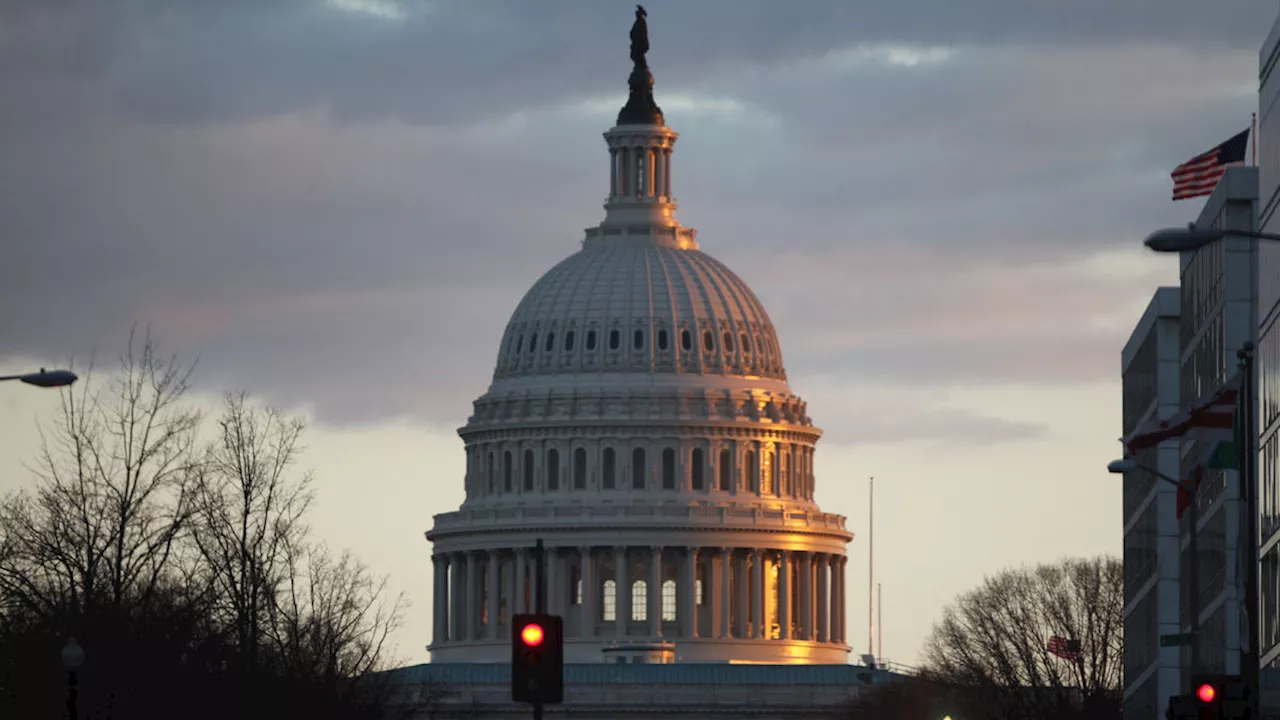 Trump to be sworn in as 47th U.S. President, set to sign over 50 executive ordersDonald Trump will be sworn in as the United States' 47th president on Inauguration Day Monday, Jan. 20, as Republicans claim unified control of Washington and set out to reshape the country’s institutions. Trump is expected to sign more than 50 executive orders on the first day of his second presidency, according to a person in his transition operation. The swearing-in ceremony will be conducted inside the Capitol rotunda, where Trump will also deliver his inaugural address.
Trump to be sworn in as 47th U.S. President, set to sign over 50 executive ordersDonald Trump will be sworn in as the United States' 47th president on Inauguration Day Monday, Jan. 20, as Republicans claim unified control of Washington and set out to reshape the country’s institutions. Trump is expected to sign more than 50 executive orders on the first day of his second presidency, according to a person in his transition operation. The swearing-in ceremony will be conducted inside the Capitol rotunda, where Trump will also deliver his inaugural address.
Read more »
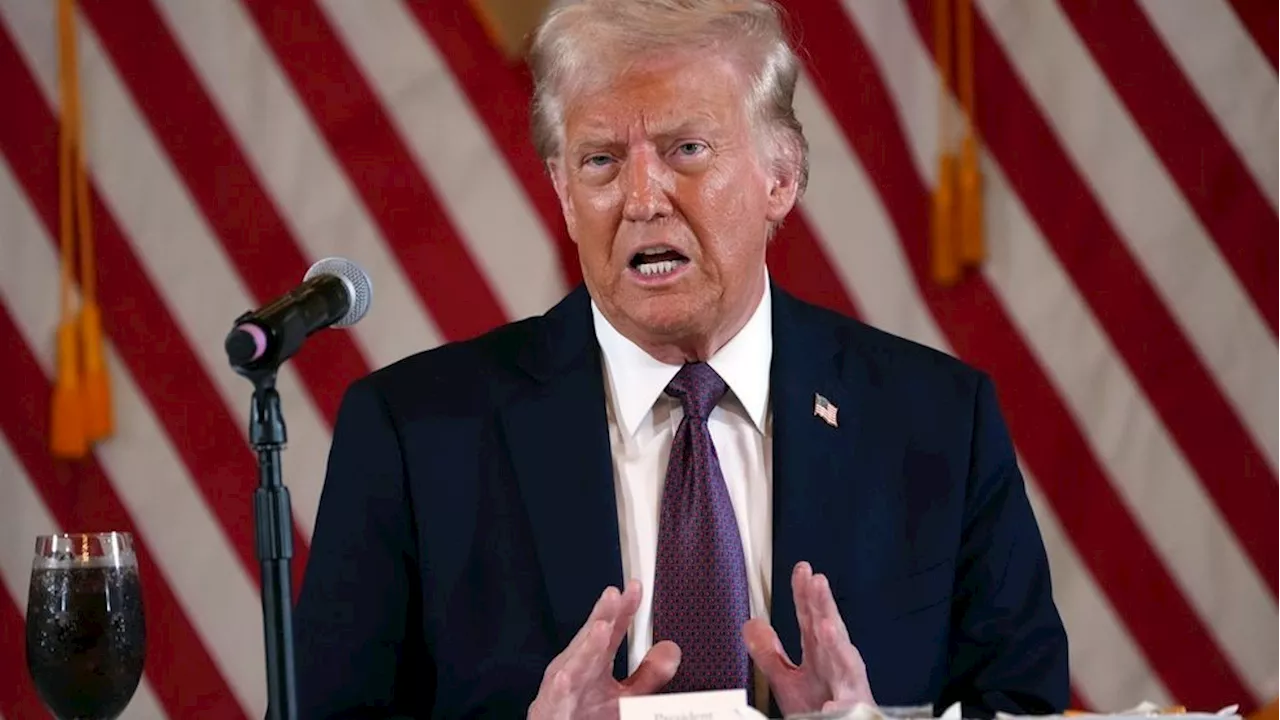 Trump Plans to Sign Over 100 Executive Orders on First Day in OfficePresident-elect Donald Trump is reportedly preparing to sign over 100 executive orders on his first day in office, aiming to fulfill numerous campaign promises. These orders are expected to address issues such as immigration, climate change, and transgender rights. While many of these actions will likely be implemented through executive orders, the specific categorization remains unclear. Trump's ambitious plan sets him on track to surpass the record for most executive orders signed on a single day, previously held by Franklin D. Roosevelt.
Trump Plans to Sign Over 100 Executive Orders on First Day in OfficePresident-elect Donald Trump is reportedly preparing to sign over 100 executive orders on his first day in office, aiming to fulfill numerous campaign promises. These orders are expected to address issues such as immigration, climate change, and transgender rights. While many of these actions will likely be implemented through executive orders, the specific categorization remains unclear. Trump's ambitious plan sets him on track to surpass the record for most executive orders signed on a single day, previously held by Franklin D. Roosevelt.
Read more »
